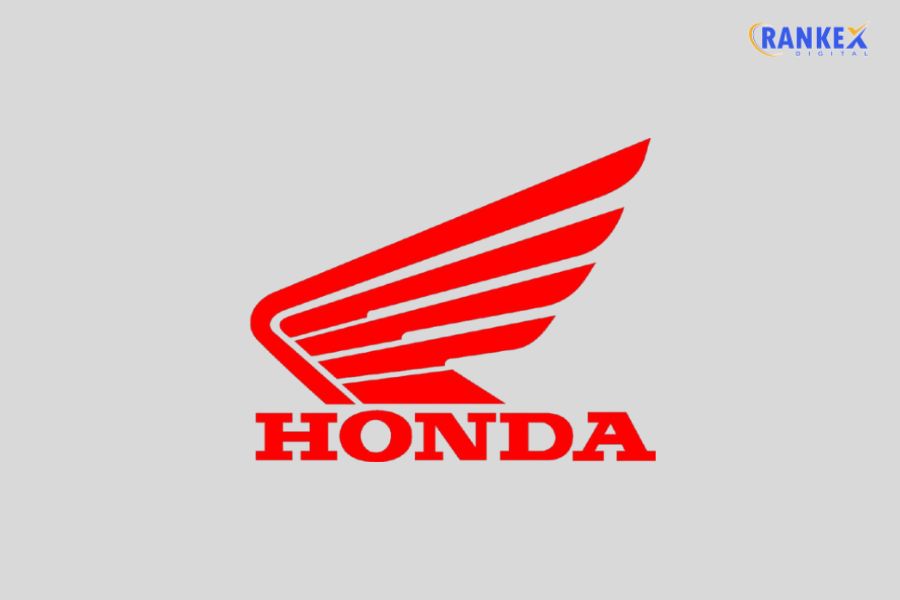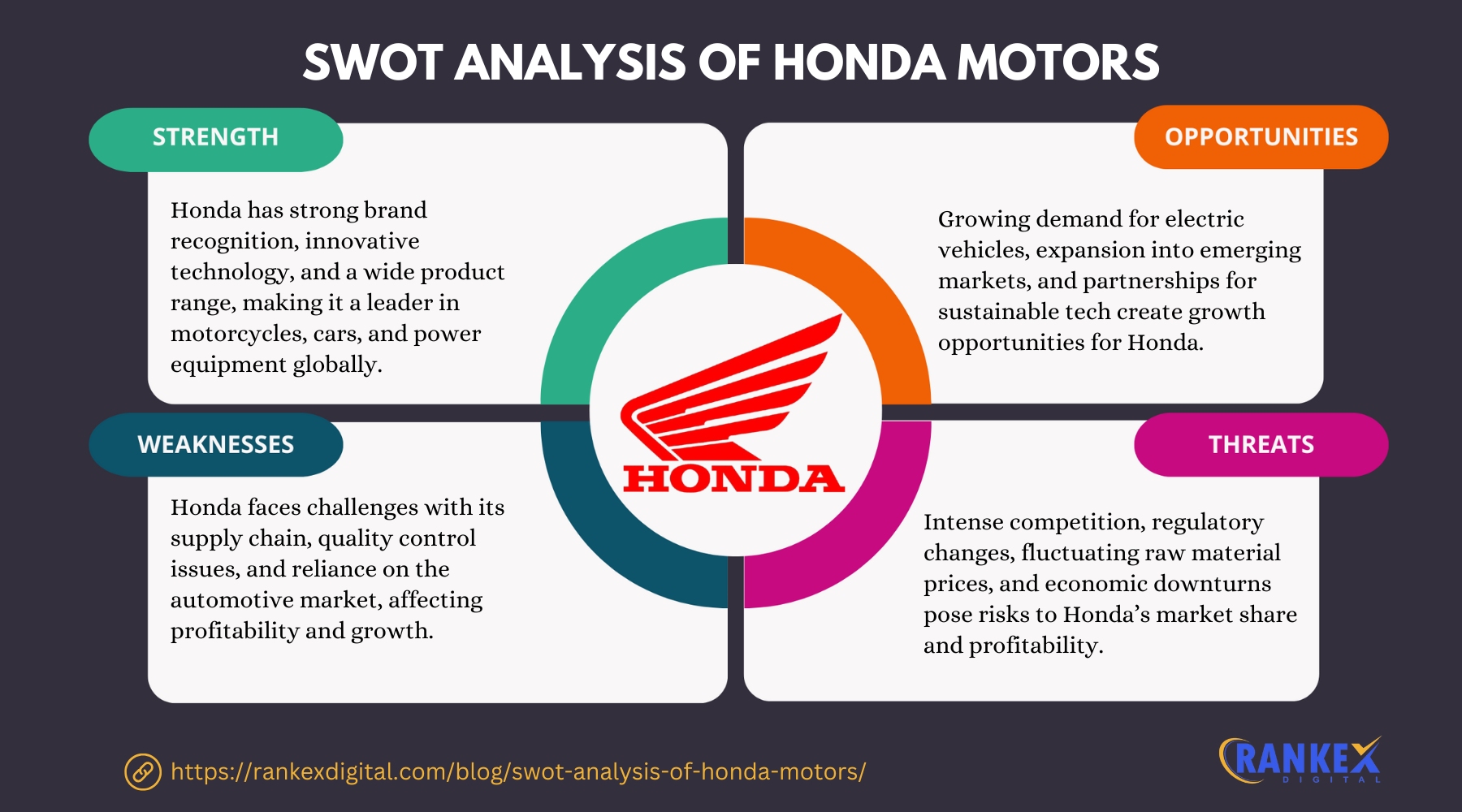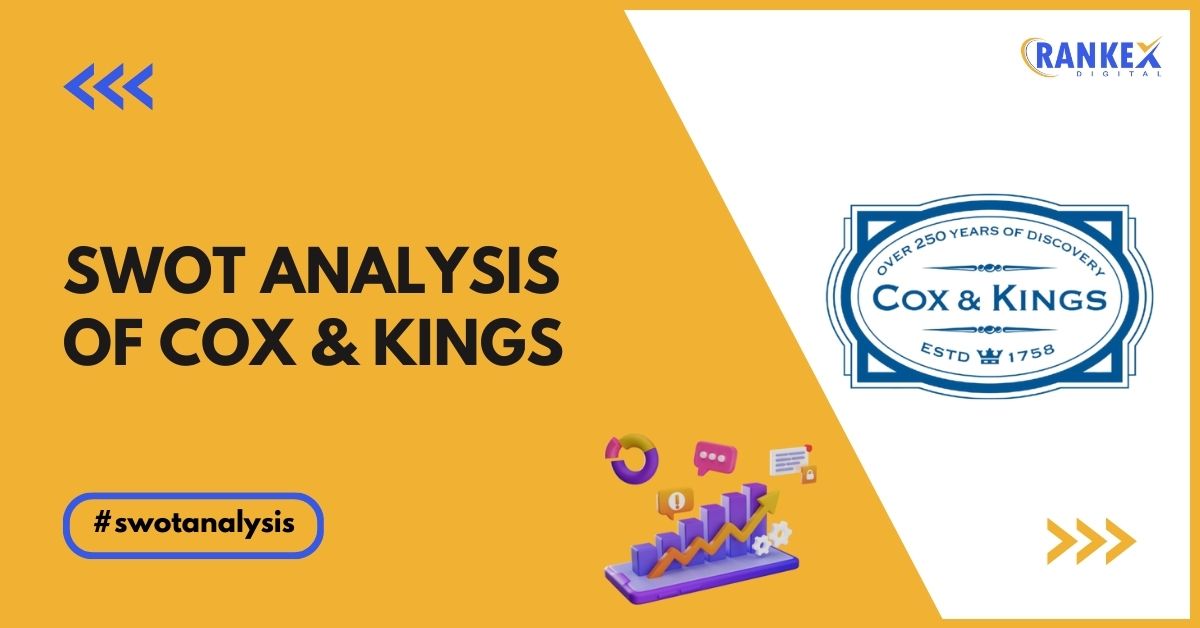Honda Motors, a Japanese multinational conglomerate, has earned a strong reputation for manufacturing high-quality automobiles, motorcycles, and power equipment. Founded in 1948, Honda has become one of the largest and most influential automotive companies in the world.
This article provides an in-depth SWOT analysis of Honda Motors, examining its strengths, weaknesses, opportunities, and threats in the global market.
Table of Contents
Overview of Honda Motors

Honda Motors was founded by Soichiro Honda and Takeo Fujisawa in 1948 in Hamamatsu, Japan. Over the decades, Honda has grown into a diversified company, producing vehicles ranging from motorcycles to cars, power generators, and even robotics. The company operates in over 150 countries and employs more than 200,000 people worldwide.
Quick Stats About Honda Motors
| Attribute | Details |
|---|---|
| Founder | Soichiro Honda, Takeo Fujisawa |
| Year Founded | 1948 |
| Origin | Hamamatsu, Shizuoka, Japan |
| No. of Employees | 200,000+ |
| CEO | Toshihiro Mibe |
| Company Type | Public |
| Market Cap | $55 Billion |
| Annual Revenue | $130 Billion |
| Net Profit | $5.7 Billion |
Current News of Honda Motors
- Electric Vehicle (EV) Initiatives: Honda has committed to accelerating its electric vehicle development, with plans to roll out a range of EV models by the early 2030s.
- Sustainability Efforts: Honda has been focusing on reducing its carbon footprint and has set ambitious targets for carbon neutrality across its operations by 2050.
- Strategic Alliances: Honda has entered into joint ventures with other automotive manufacturers, including General Motors, to collaborate on the development of EVs and autonomous driving technologies.
- Technological Advancements: The company is also innovating in robotics and AI, showcasing its vision of a smarter, more sustainable future.
SWOT Analysis of Honda Motors

Strengths
- Strong Brand Recognition: Honda has built a robust reputation for quality, reliability, and durability over the years. Whether it’s motorcycles, cars, or power equipment, Honda products are often associated with long-lasting performance and fuel efficiency. This strong brand recognition helps Honda maintain a loyal customer base, which is critical in a competitive market.
- Diverse Product Portfolio: Honda’s ability to produce a wide range of products, from motorcycles to cars and power equipment, helps mitigate risks tied to any one particular market. For example, when car sales face a slowdown, its motorcycle division might perform well, balancing the company’s overall financial health.
- Global Presence: Honda operates in over 150 countries, which means its consumer base is widespread and its market reach is extensive. This global presence allows Honda to capture a large market share and benefit from international trade, making it resilient to regional economic downturns.
- Innovative Technology: Honda has always been a leader in technological innovation. Its vehicles are known for their advanced engine technology, fuel efficiency, and hybrid systems. For example, Honda was one of the pioneers in creating hybrid vehicles with the introduction of models like the Honda Insight. The company is also advancing in the development of electric vehicles (EVs), which are poised to become a significant part of the automotive market.
- Strong R&D Capabilities: Honda consistently invests a significant amount into research and development (R&D) to stay ahead of technological trends and meet changing customer needs. This helps the company maintain its competitive edge in terms of safety features, fuel efficiency, and cutting-edge car technologies, which can lead to increased sales.
Weaknesses
- Recalls and Safety Concerns: Honda has faced numerous recalls in recent years, especially concerning issues with airbags and engine malfunctions. Such incidents can damage the company’s reputation and lead to legal issues, decreased consumer trust, and substantial financial losses. This is a significant vulnerability for any brand that relies on consumer confidence.
- Dependence on North America: North America, particularly the United States, is one of Honda’s largest markets, contributing significantly to its overall revenue. This dependency makes the company vulnerable to regional economic downturns, shifts in consumer preferences, and policy changes that could negatively affect sales and profits.
- Complex Supply Chain: Honda sources parts and components from global suppliers, making its supply chain intricate and vulnerable to disruptions. Natural disasters, political instability, and events like the COVID-19 pandemic have shown how supply chain issues can cause production delays, increased costs, and shortages in key components like semiconductors.
- Limited Presence in the Luxury Segment: While companies like Toyota have successfully expanded into the luxury car market with their Lexus brand, Honda has not made significant moves in this space. This limits Honda’s ability to capture higher-margin, premium customers and diversify its revenue streams within the automotive industry.
- Declining Sales in Key Markets: In recent years, Honda has experienced a decline in market share in certain regions, particularly in Europe and parts of Asia. The increasing competition, especially from other Japanese automakers and new entrants like Tesla in the EV market, combined with shifting consumer preferences, has impacted Honda’s sales performance.
Opportunities
- Electric Vehicle Growth: The global push toward sustainability and reducing carbon emissions presents a massive opportunity for Honda. Governments worldwide are introducing stricter environmental regulations, which will likely drive demand for electric vehicles (EVs). Honda’s investment in EV technology and infrastructure places the company in a prime position to benefit from this shift in consumer demand.
- Expanding Emerging Markets: Emerging economies such as India, China, and Southeast Asia offer significant growth potential for Honda. These markets are experiencing rapid urbanization and growing demand for affordable, fuel-efficient vehicles. By focusing on cost-effective models, Honda could strengthen its presence and tap into a growing consumer base.
- Autonomous Driving Technologies: The development of autonomous vehicles is one of the most significant trends in the automotive industry. Honda’s investment in autonomous driving technology and potential partnerships with AI firms could position it as a key player in this new frontier, enhancing its product offering and potentially reducing the cost of ownership with self-driving cars.
- Sustainability and Green Technologies: As consumers become more environmentally conscious, there is increasing demand for green technologies. Honda’s commitment to eco-friendly innovations, like hybrid and hydrogen-powered cars, as well as solar-powered equipment, presents an opportunity to meet this demand. Focusing on sustainability can also boost Honda’s brand image.
- Strategic Partnerships: Forming strategic alliances with tech companies, other automakers, and energy firms can help Honda accelerate the development of cutting-edge technologies such as EVs, autonomous vehicles, and advanced driver-assistance systems (ADAS). Collaborations could enhance Honda’s competitive edge and reduce the costs of entering new, high-tech markets.
Threats
- Intense Competition: The automotive industry is highly competitive, with major players like Toyota, Hyundai, Tesla, Ford, and Tata Motors continually introducing innovative products and vying for market share. The rise of electric vehicle manufacturers, such as Tesla, also intensifies competition. Honda faces constant pressure to maintain its market share while also keeping up with evolving consumer expectations.
- Economic Downturns: Global economic conditions can significantly impact vehicle sales. Economic slowdowns, recessions, or periods of financial instability can reduce consumer spending, which in turn lowers demand for both luxury and regular vehicles. As a result, Honda could see a dip in sales during these periods.
- Regulatory Changes: Changes in government policies regarding emissions standards, safety regulations, and trade agreements could impose additional costs on automakers. For example, stricter emission regulations could force Honda to invest heavily in new technologies to comply with the law, increasing production costs and affecting pricing strategies.
- Supply Chain Disruptions: Global supply chain issues have become increasingly prevalent in recent years, including disruptions due to the COVID-19 pandemic, semiconductor shortages, and raw material shortages. These disruptions can delay production, affect product availability, and increase costs, ultimately hurting Honda’s bottom line.
- Currency Fluctuations: Honda operates in a wide variety of international markets, meaning its financial results are sensitive to exchange rate fluctuations. When the value of the yen rises against other currencies, it can make Honda’s products more expensive in foreign markets, potentially decreasing sales and profit margins in those regions.
Conclusion
The SWOT analysis of Honda Motors highlights its strengths, such as strong brand recognition, a diverse product portfolio, and a global presence. However, the company faces challenges, including safety recalls, dependence on specific markets, and the complexities of its supply chain.
Opportunities in electric vehicles, emerging markets, and autonomous driving technology provide growth potential, while competition, regulatory risks, and supply chain disruptions present ongoing threats.
By leveraging its strengths and capitalizing on new opportunities while addressing its weaknesses and external threats, Honda Motors can continue to remain a key player in the global automotive market.
Frequently Asked Questions
What are the major strengths of Honda Motors?
Honda Motors’ major strengths include strong brand recognition, a diverse product portfolio, a global presence, innovative technology, and robust R&D capabilities.
What are the key weaknesses facing Honda Motors?
Some of Honda’s key weaknesses include its history of recalls, heavy reliance on the North American market, and declining sales in certain regions.
How is Honda addressing the shift to electric vehicles?
Honda is focusing on electric vehicle development with plans to introduce a wide range of EV models and has committed to carbon neutrality by 2050.
What opportunities does Honda have for future growth?
Honda can benefit from the growing electric vehicle market, expansion in emerging markets, advancements in autonomous driving, and sustainability efforts.
What threats does Honda face in the global market?
Honda faces threats from intense competition, economic downturns, regulatory changes, supply chain disruptions, and currency fluctuations.












